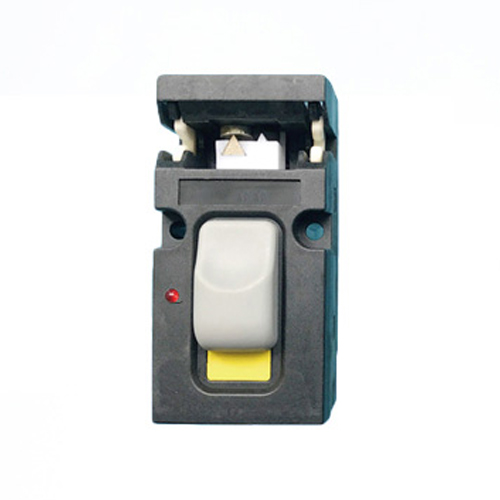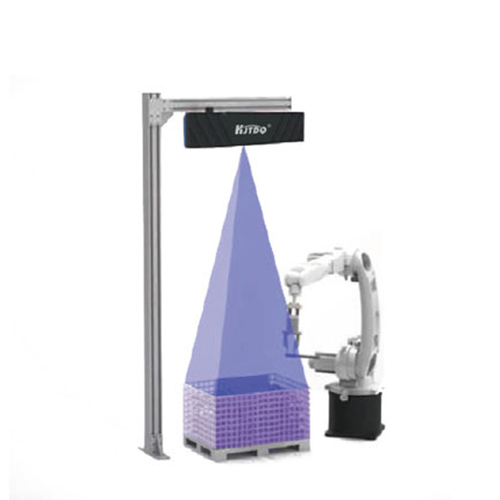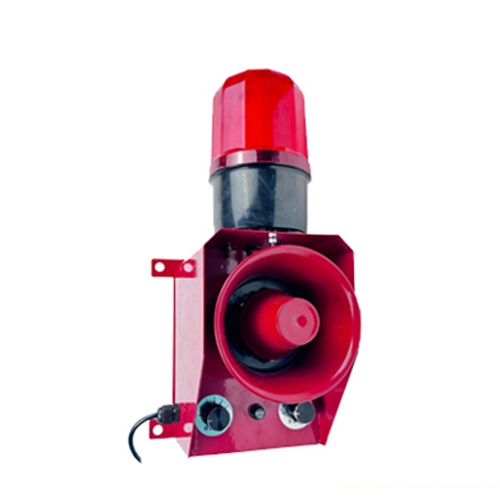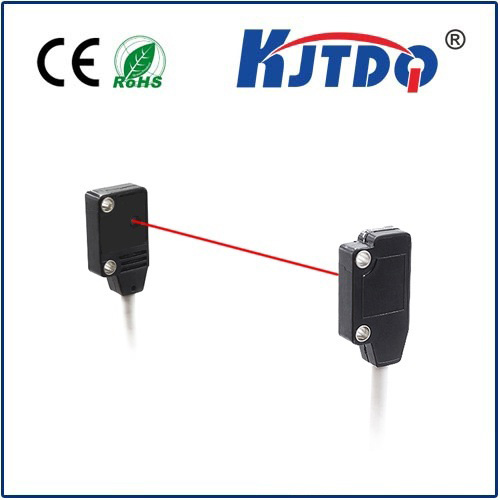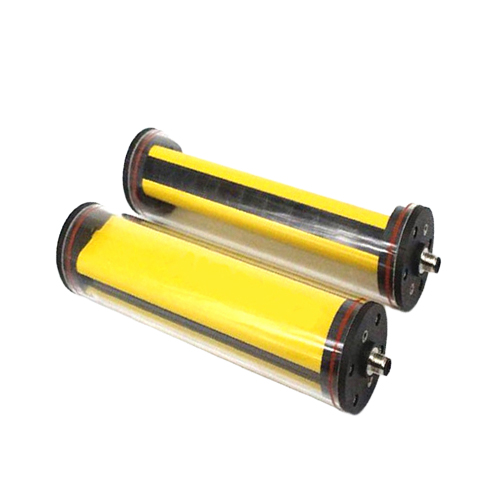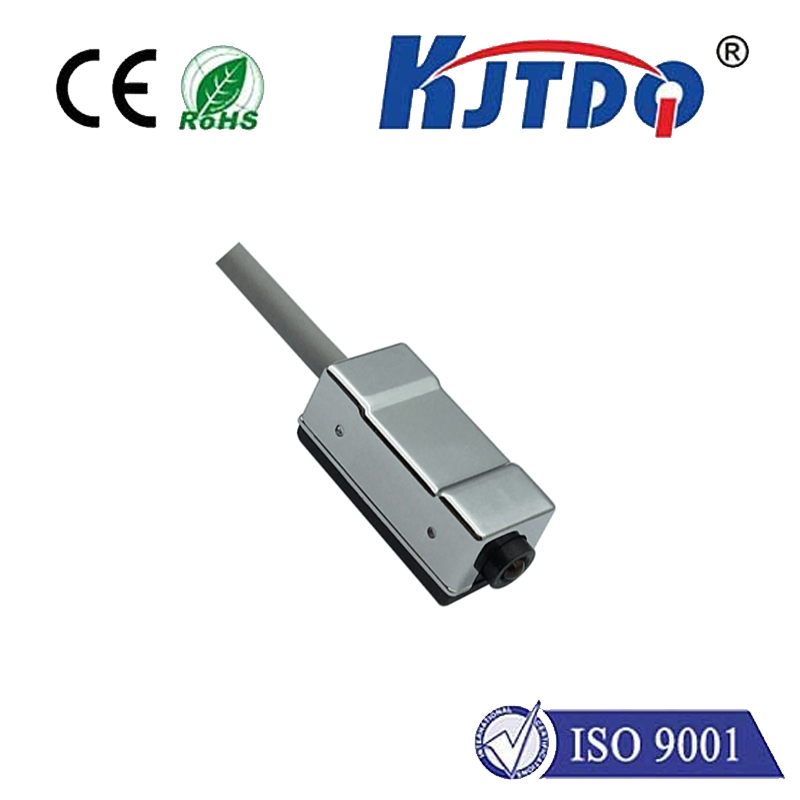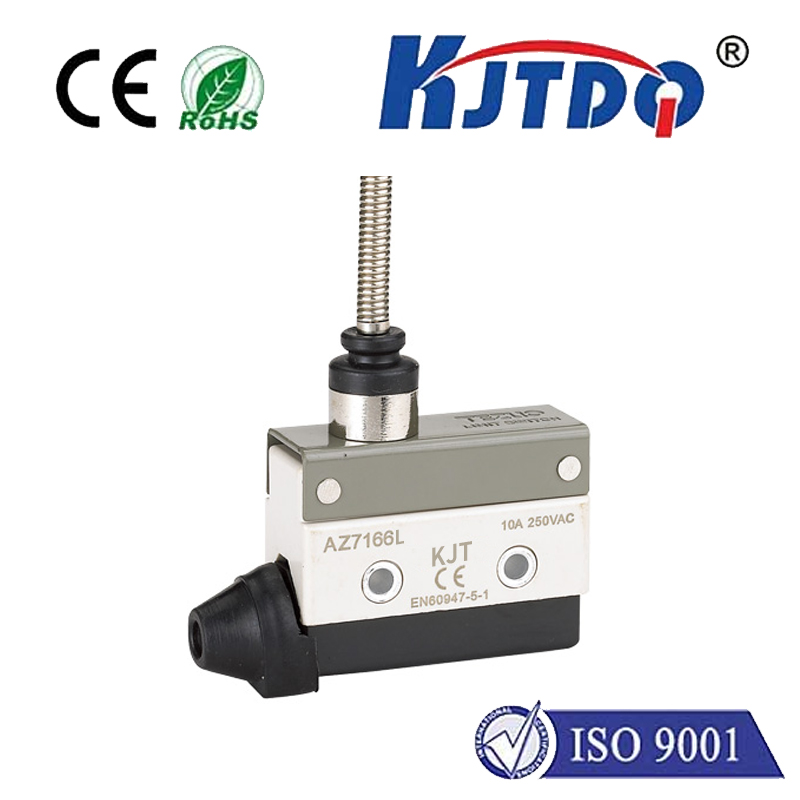

check

check

check

check

check

check

check

check

check

check
Title: Understanding Auxiliary Limit Switches in Automation Systems
In the world of automation systems, understanding the role of auxiliary limit switches is crucial. These switches are an essential component that helps control the movement of robotics, conveyors, and other machines. In this article, we will delve into the working principle and significance of auxiliary limit switches in automation systems.
Firstly, let's break down the term "auxiliary limit switch." The term "limit switch" refers to a device that detects the physical state of a machine, typically used for safety purposes. An auxiliary limit switch serves as a secondary means of detecting the position or state of a machine, providing additional feedback for the control system.
The primary purpose of an auxiliary limit switch is to provide redundant sensing information. By having multiple limit switches, the control system can have more accurate readings and make better decisions, particularly in situations where the primary limit switch may not be reliable. For example, if there is a malfunction in the primary limit switch (such as a broken contact), the auxiliary limit switch can take over to ensure that the robot or machine stops before it causes damage or harm.
Auxiliary limit switches can also be used for precise positioning and tracking. By monitoring the position of the machine at different points along its path, the control system can adjust its movements accordingly to maintain optimal performance. This functionality is particularly useful for robots that require high accuracy in their movements, such as industrial robots or medical robots.
In addition to their practical applications, auxiliary limit switches also play a vital role in safety measures. They help prevent accidents by providing early warning signs when there is a potential danger. In some cases, they can even trigger an emergency stop, shutting down the machine immediately to prevent any harm. This is particularly important in industries where hazardous materials are handled or where machinery operates in potentially dangerous environments.
To implement auxiliary limit switches effectively, it is essential to choose the right type of switch for your specific application. There are different types of limit switches available, including mechanical switches, magnetic switches, and photoelectric switches. Each has its own advantages and disadvantages, and selecting the appropriate one can significantly impact the performance and safety of your自动化 system.
In conclusion, auxiliary limit switches are an indispensable component in automation systems. They provide redundant sensing information, precise positioning and tracking capabilities, and contribute to overall safety measures. By understanding their working principle and significance, engineers and technicians can design and operate more reliable and safe automation systems
